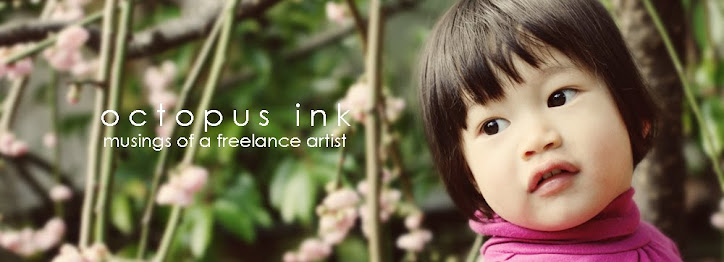 The first step is to photograph all the skulls in black and white. In most cases, I use the macro lens option on my digital camera. This rat skull is almost 2 inches in length but many skulls are much smaller, like those of bats, mice and shrews. Notice how the rat skull is kind of mean-looking.
The first step is to photograph all the skulls in black and white. In most cases, I use the macro lens option on my digital camera. This rat skull is almost 2 inches in length but many skulls are much smaller, like those of bats, mice and shrews. Notice how the rat skull is kind of mean-looking.I prop the skull up using a bit of poster putty, and lean it on a dark background for good contrast. I light the skull so that as much of it is illuminated as possible (unlike when shading the skull in the stippled drawing, the light comes from the top left corner but more on that later).
The top view photo is the trickiest; trying to get the sides symmetrical is harder than it looks. The best way to do this is to look at the negative space like the eye sockets, and to try to match them, or to angle the camera so that the suture down the middle of the skull is as straight as possible. The side view has a similar challenge - to capture what is as best as possible, one half of the skull. It's easy to rotate too much and show a bit of the underside or top of the skull. The jaw forms a "V" shape when viewed from the top, so the difficulty in capturing the side view is to make sure the view is parallel with the center plane of the jaw; an invisible plane that extends down the middle of the "V". This means that some part of the jaw photo will be out of focus since the front incisors will be further away from me than the jaw-articulation parts.
All the photos are cropped, adjusted for contrast and lined up in photoshop, and scaled to be 4.5 inches in length. The exceptions have been the whale skulls... perhaps I'm size-ist, but I thought the whale skulls deserved a larger drawing size. Anyways, the lined-up skulls are printed, and I outline the printouts with pen. This makes them easier to see in the tracing stage, which will be coming soon.

No comments:
Post a Comment